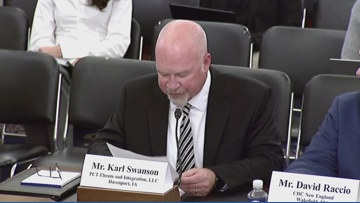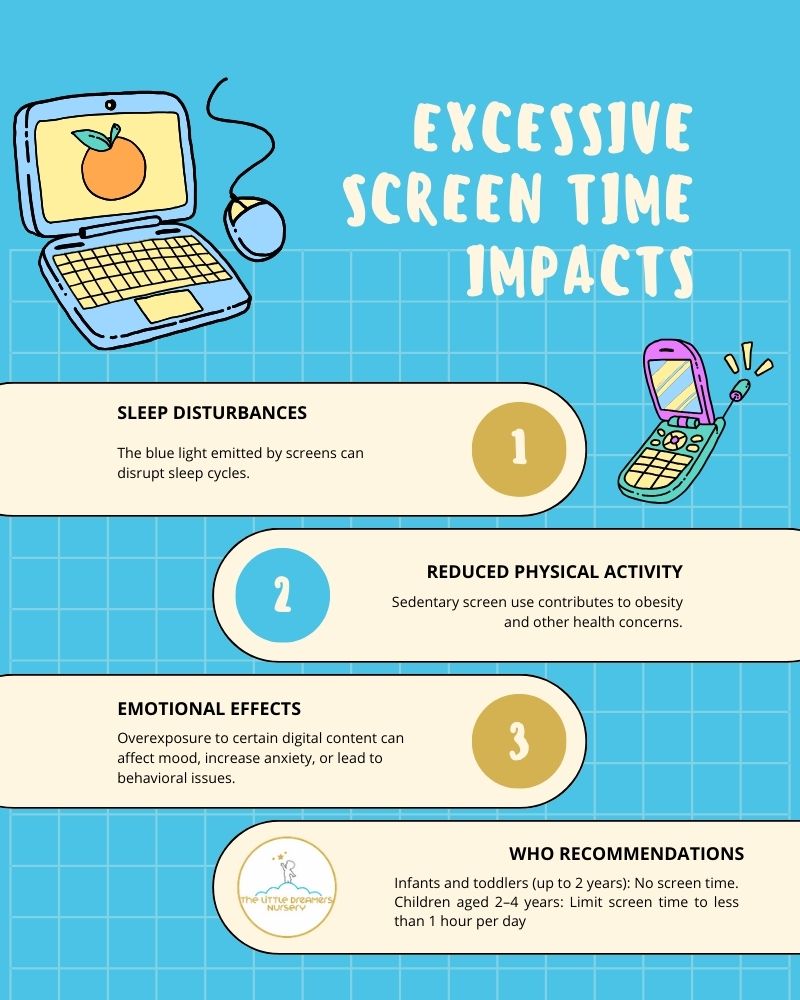Advancing Sustainable Development Goals through Teacher Training for Displaced Communities
In regions affected by displacement, such as Myanmar and its neighboring countries, targeted educational initiatives are proving critical to advancing the United Nations Sustainable Development Goals (SDGs). Reports from volunteer teachers highlight how professional development not only enhances educational outcomes but also contributes to broader goals of peace, equality, and institutional strength. The training of educators in crisis settings serves as a direct intervention to uphold the rights and futures of displaced children.
The Critical Role of Education in Crisis Contexts
Upholding SDG 4: Quality Education
In alignment with SDG 4, which aims to ensure inclusive and equitable quality education for all, providing learning opportunities in displacement camps is paramount. Education in these contexts serves several key functions:
- It ensures learning continuity and is instrumental in preventing school dropouts among vulnerable child populations.
- It establishes a sense of normalcy and a safe, stable environment for children affected by conflict and uncertainty.
- It empowers children with the knowledge and skills necessary to participate in the future rebuilding of their societies.
Fostering SDG 16: Peace, Justice, and Strong Institutions
Education is a foundational element for achieving SDG 16 by promoting peaceful and inclusive societies. Teacher training programs that incorporate specific modules on peace-building have a direct impact. For instance, Lamai, a teacher in a refugee camp in Thailand, reported that training in conflict resolution and reconciliation taught her the importance of fostering harmony within her family, among students, and in the wider community. By creating safe learning environments and teaching principles of non-violence, these programs contribute directly to Target 16.1 (reduce all forms of violence) and 16.2 (end abuse and violence against children).
Empowering Educators to Drive Sustainable Development
Enhancing Teacher Capacity for Quality Education (SDG 4.c)
SDG Target 4.c calls for a substantial increase in the supply of qualified teachers. In crisis settings, where trained professionals are scarce, upskilling local volunteers is an effective strategy. Testimonies from teachers like Hansa in Myanmar reveal a significant transformation in pedagogical ability following training. Key skills developed include:
- Effective utilization of limited educational materials.
- Advanced lesson planning and preparation.
- A functional understanding of child psychology and positive discipline techniques.
- Implementation of student-centered learning and critical thinking strategies.
- Effective classroom management to ensure a safe and productive learning environment.
Integrating Cross-Cutting SDG Themes into Pedagogy
Modern teacher training programs are designed to integrate principles from multiple SDGs, ensuring a holistic educational approach. This strategy addresses interconnected development challenges, including:
- SDG 5 (Gender Equality): Training curricula, as reported by teacher Lamai, explicitly include modules on promoting gender equality and are rooted in equitable classroom management.
- SDG 10 (Reduced Inequalities): The core mission of educating displaced and refugee children directly addresses the inequalities faced by vulnerable populations, ensuring they have an equal opportunity to learn and develop.
- Child Safeguarding: A central component of the training is child safeguarding, which aligns with multiple SDG targets focused on the protection and well-being of children.
Field Reports on Program Impact
Hansa, Myanmar: Improving Educational Quality Amidst Instability
Operating within temporary spaces with limited resources, Hansa initially lacked formal teaching methods. Post-training, she reported a significant improvement in her ability to manage diverse classroom situations, communicate clearly, and ensure a safe learning environment. This enhancement of teaching quality directly contributes to better educational outcomes for students, fulfilling a core objective of SDG 4.
Mu, Malaysia: Education as a Source of Resilience and Purpose
The case of Mu in Malaysia demonstrates the profound psychological impact of education in crisis. After a period of disillusionment with conflict, she found renewed purpose through teaching displaced children. Her commitment, inspired by the students’ dedication to learning, highlights how educational settings can become sanctuaries of hope and stability, reinforcing the role of education in promoting well-being and resilience for both students and teachers.
Lamai, Thailand: Building Community Resilience through Education
Having been a refugee for nearly a decade, Lamai’s journey from student to trained teacher exemplifies the long-term impact of sustained educational support. Her training provided her with modern teaching skills that she applies daily. During the COVID-19 pandemic, she and her team became a vital community resource, ensuring educational continuity and raising health awareness. This demonstrates how empowered local educators build resilient community systems, contributing to SDG 4 and SDG 17 (Partnerships for the Goals).
Analysis of SDGs in the Provided Article
1. Which SDGs are addressed or connected to the issues highlighted in the article?
- SDG 4: Quality Education
- SDG 16: Peace, Justice and Strong Institutions
- SDG 5: Gender Equality
- SDG 10: Reduced Inequalities
2. What specific targets under those SDGs can be identified based on the article’s content?
-
SDG 4: Quality Education
- Target 4.1: By 2030, ensure that all girls and boys complete free, equitable and quality primary and secondary education. The article’s core focus is on providing “continued learning for displaced children” in crisis settings like Myanmar, which directly supports this target.
- Target 4.5: By 2030, eliminate gender disparities in education and ensure equal access to all levels of education and vocational training for the vulnerable… and children in vulnerable situations. The article highlights efforts to educate “displaced children” and “refugees,” who are explicitly mentioned as children in vulnerable situations.
- Target 4.7: By 2030, ensure that all learners acquire the knowledge and skills needed to promote sustainable development, including… gender equality, promotion of a culture of peace and non-violence. Lamai’s testimony explicitly mentions her training in “gender equality” and “conflict resolution and reconciliation,” which are key components of this target.
- Target 4.c: By 2030, substantially increase the supply of qualified teachers. The entire article is a testament to this target, detailing how JRS provides “training sessions” for volunteer teachers like Hansa and Lamai to make them “more capable and effective.”
-
SDG 16: Peace, Justice and Strong Institutions
- Target 16.1: Significantly reduce all forms of violence and related death rates everywhere. The context of the article is displacement caused by “conflict and instability,” “military oppression,” and fighting. Providing education and skills in “conflict resolution” contributes to building peace and mitigating the effects of violence.
- Target 16.2: End abuse, exploitation, trafficking and all forms of violence against and torture of children. The article mentions the importance of “child safeguarding” and ensuring a “safe learning environment,” which are direct actions to protect children from harm.
-
SDG 5: Gender Equality
- Target 5.1: End all forms of discrimination against all women and girls everywhere. Lamai’s training in “classroom management rooted in gender equality” is a direct effort to combat discrimination and promote equality within the educational system and the community.
-
SDG 10: Reduced Inequalities
- Target 10.3: Ensure equal opportunity and reduce inequalities of outcome. The effort to provide education for displaced children who have been forced to flee their homes due to conflict is a direct action to ensure they have an equal opportunity to learn and develop, reducing the inequality they face.
3. Are there any indicators mentioned or implied in the article that can be used to measure progress towards the identified targets?
-
For Target 4.c (Increase the supply of qualified teachers):
- Indicator: The number of teachers receiving training. The article explicitly states that Hansa and Lamai “attend[ed] training sessions” led by JRS. This directly measures the proportion of teachers receiving training (Indicator 4.c.1).
-
For Target 4.1 (Ensure quality education):
- Indicator: Prevention of school dropouts. The article states that teachers play a vital role in “preventing school dropouts.” This implies that a key metric for success is the retention or attendance rate of students in these programs.
-
For Target 4.7 (Promote skills for sustainable development):
- Indicator: Integration of specific topics into teacher training. The article mentions that Lamai’s training included “gender equality,” “child safeguarding,” and “conflict resolution and reconciliation.” The inclusion of these modules in the curriculum is a direct indicator of progress.
-
For Target 16.2 (End violence against children):
- Indicator: Implementation of safety and safeguarding policies. The emphasis on “child safeguarding” and creating a “safe learning environment” implies that the establishment and enforcement of such policies within the temporary schools is a measure of progress.
4. Table of SDGs, Targets, and Indicators
| SDGs | Targets | Indicators Identified in the Article |
|---|---|---|
| SDG 4: Quality Education | Target 4.1: Ensure all children complete free, equitable and quality education. | Efforts aimed at “preventing school dropouts” and ensuring “continued learning for displaced children.” |
| SDG 4: Quality Education | Target 4.5: Ensure equal access to all levels of education for the vulnerable. | Provision of education specifically for “displaced children” and “refugees.” |
| SDG 4: Quality Education | Target 4.7: Ensure learners acquire knowledge and skills for sustainable development. | Teacher training curriculum includes “gender equality,” “conflict resolution and reconciliation.” |
| SDG 4: Quality Education | Target 4.c: Substantially increase the supply of qualified teachers. | Number of volunteer teachers who have attended “training sessions” to become more effective. |
| SDG 5: Gender Equality | Target 5.1: End all forms of discrimination against all women and girls. | Implementation of “classroom management rooted in gender equality.” |
| SDG 10: Reduced Inequalities | Target 10.3: Ensure equal opportunity and reduce inequalities of outcome. | Actions to provide “continued learning” to displaced children, giving them opportunities they lost due to conflict. |
| SDG 16: Peace, Justice and Strong Institutions | Target 16.2: End abuse, exploitation, and all forms of violence against children. | Implementation of “child safeguarding” practices and creation of a “safe learning environment.” |
Source: jrsusa.org







